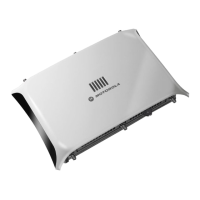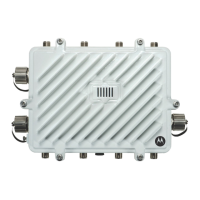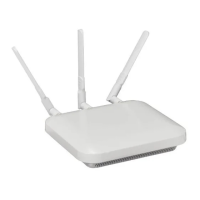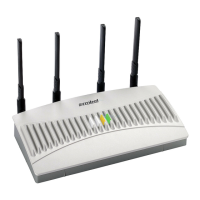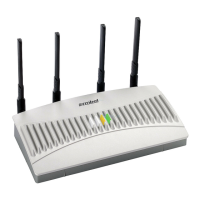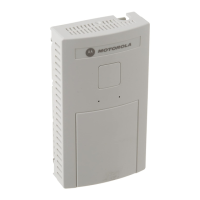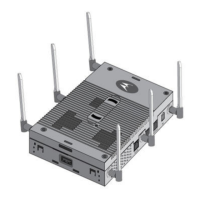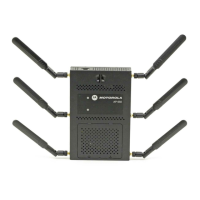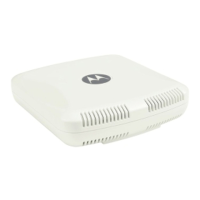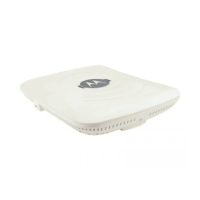Configuring Access Point Security
6-21
6.8 Configuring WPA/WPA2 Using TKIP
Wi-Fi Protected Access (WPA) is a robust encryption scheme specified in the IEEE Wireless Fidelity
(Wi-Fi) standard, 802.11i. WPA provides more sophisticated data encryption than WEP. WPA is
designed for corporate networks and small-business environments where more wireless traffic
allows quicker discovery of encryption keys by an unauthorized person.
The encryption method is Temporal Key Integrity Protocol (TKIP). TKIP addresses WEP’s weaknesses
with a re-keying mechanism, a per-packet mixing function, a message integrity check, and an
extended initialization vector.
Wi-Fi Protected Access 2 (WPA2) is an enhanced version of WPA. WPA2 uses the Advanced
Encryption Standard (AES) instead of TKIP. AES supports 128-bit, 192-bit and 256-bit keys.
WPA/WPA2 also provide strong user authentication based on 802.1x EAP. To configure WPA/WPA2
encryption on the access point:
1. Select Network Configuration -> Wireless -> Security from the access point menu tree.
If security policies supporting WPA-TKIP exist, they appear within the Security
Configuration screen. These existing policies can be used as is, or their properties edited
by clicking the Edit button. To configure a new security policy supporting WPA-TKIP,
continue to step 2.
2. Click the Create button to configure a new policy supporting WPA-TKIP.
The New Security Policy screen displays with no authentication or encryption options
selected.
3. Select the WPA/WPA2 TKIP radio button.
The WPA/TKIP Settings field displays within the New Security Policy screen.
4. Ensure the Name of the security policy entered suits the intended configuration or function
of the policy.
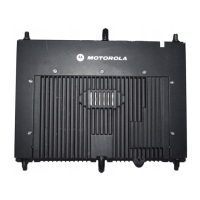
